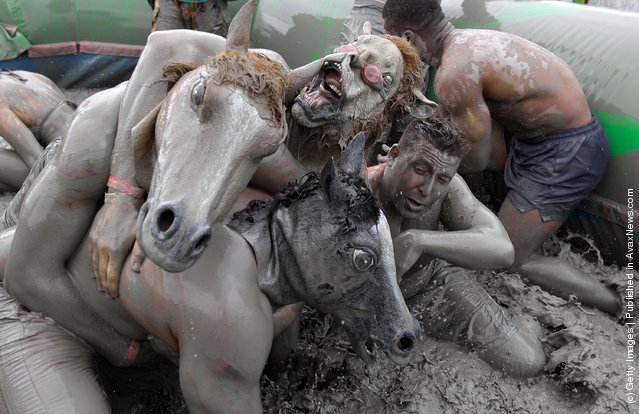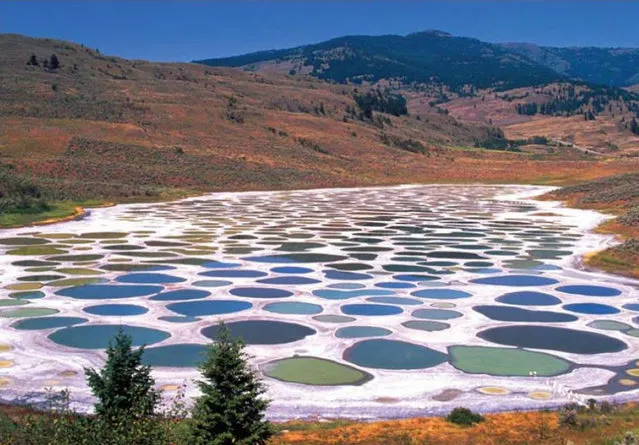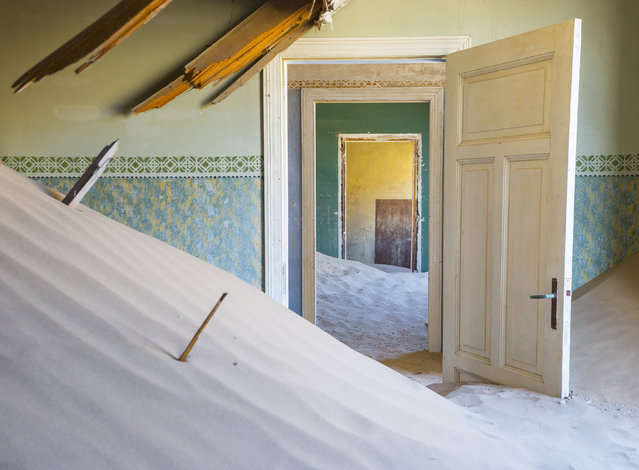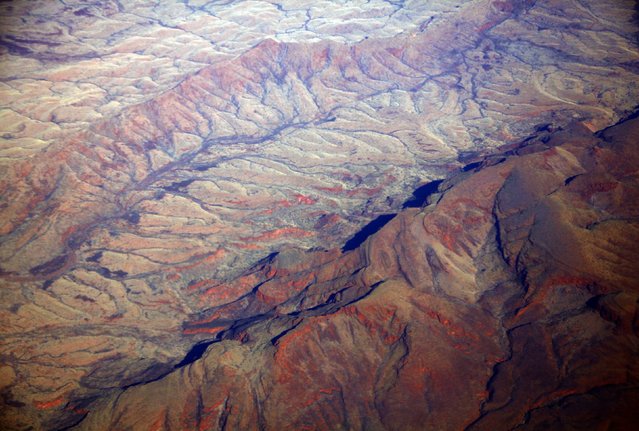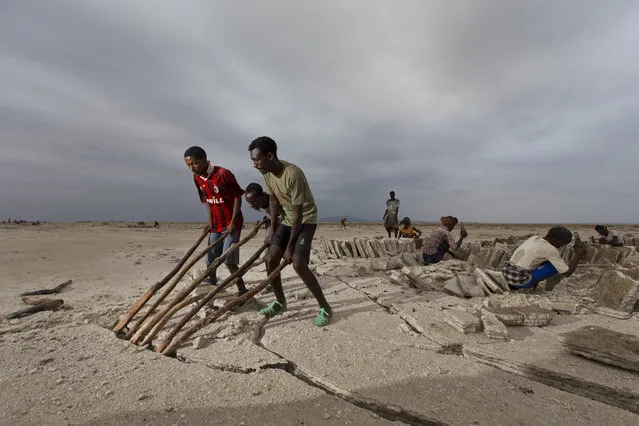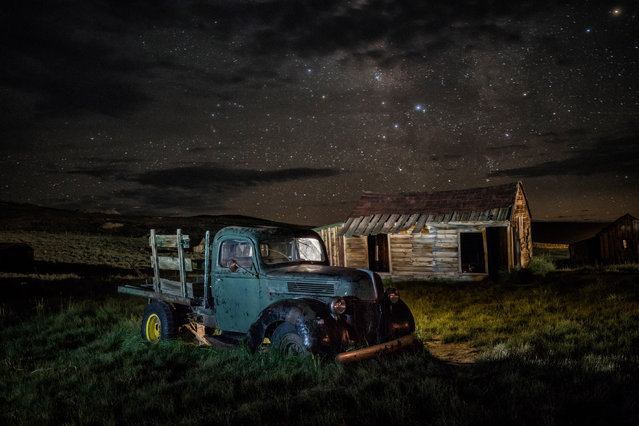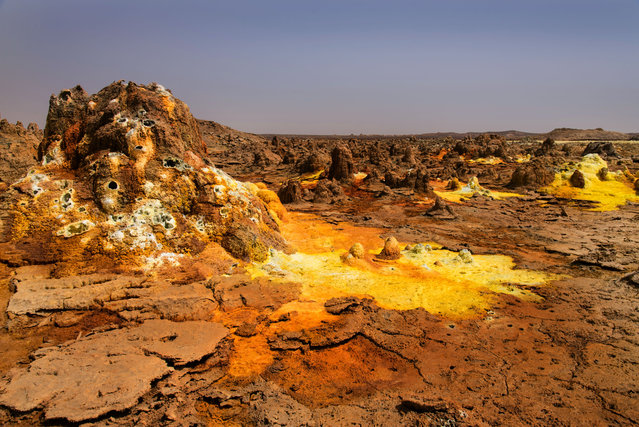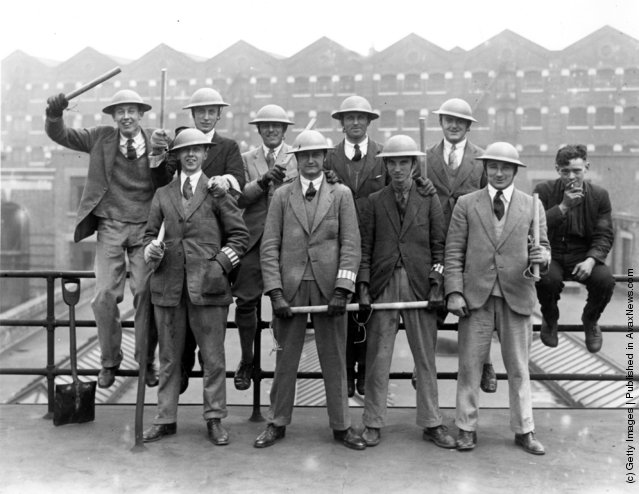
“The 1926 general strike in the United Kingdom was a general strike that lasted nine days, from 4 May 1926 to 13 May 1926. It was called by the general council of the Trades Union Congress (TUC) in an unsuccessful attempt to force the British government to act to prevent wage reduction and worsening conditions for coal miners”. – Wikipedia
Photo: Oxford University Student Volunteers during the General Strike in an aggressive pose. (Photo by Fox Photos/Getty Images)
Photo: Oxford University Student Volunteers during the General Strike in an aggressive pose. (Photo by Fox Photos/Getty Images)
18 Jun 2011 11:46:00,post received
0 comments

